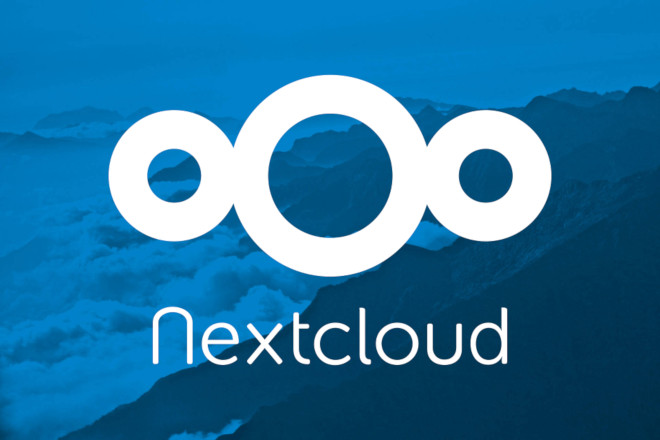NODE9.org
interdependent open culture gallery

Pošta / Webmail (RoundCube)

SCHRÁNKA
(mailbox settings)
SPRÁVA SCHRÁNEK DOMÉNY
(domain mailbox administration)
Podpora node9 \/
Můžete podpořit na stránce Opencollective.Stanovy Spolku
Asociace pro performance a publikování v digitálních médiíchRepozitář otevřených zdrojových kódů node9
https://codeberg.org/node9\|/ Support node9
You can donate on Opencollective page.Statute of citizen association
Association for performance and publishing in digital mediaNode9 OpenSource Code repository
https://codeberg.org/node9Servers
Raspberry Pi 4B 8GB RAM, SSD
Nvidia Jetson Nano 2GB RAM, CUDA, SSD
Odroid M1 8GB RAM, SSD
(together 12 core, 18GB RAM, 25 Watt)
Field servers
Raspberry 3B 1GB RAM, Raspi Cam V2
Raspberry 1B .5GB RAM, USB mic
Odroid N2+ 4GB RAM, eMMC
Credits
Font BianZhiDai by Xiaoyuan Gao, notyourtypefoundry.
Font Fungal by Raphaël Bastide, Jérémy Landes.
Distributed by velvetyne.fr.
100% renewable local energy by Nano energies
29% wind, 16% biogas, 5% solar, 50% hydropower, no offsets
Connectivity provided by Vodafone network
Node9 is run by Asociace pro performance a publikováni v digitálnich médiích, z. s.
